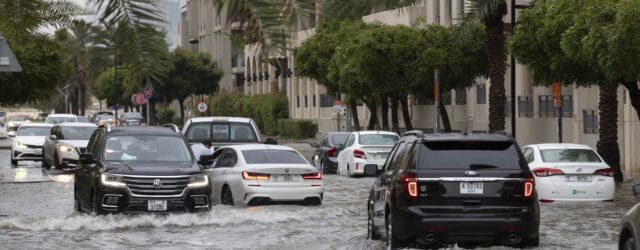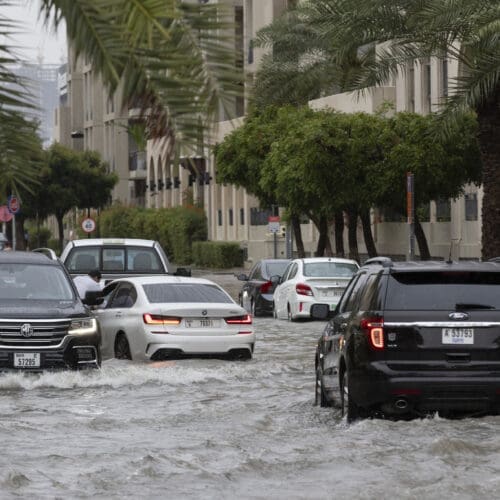The Dubai Flood Damage – Lessons Learned
April 2025Last year we put together a short series on the fallout from the floods in Dubai in April 2024.
In article one, we considered the significant property, vehicle, and business interruption damage caused by the storms. The main focus was on the insurance implications, with advice on the claims process and ensuring adequate coverage for flood damage – (THE DUBAI FLOOD DAMAGE: NOW THE SUN’S COME OUT – WHAT’S NEXT? | Beale & Co).
In article two, we discussed the long-term solutions being implemented by the UAE government, particularly the Tasreef project, which aims to improve the drainage system in Dubai by 700%. This project will help mitigate future flooding risks and is expected to impact both the construction and insurance industries, as flood resilience improves and claims expected to decrease over time – (THE DUBAI FLOOD DAMAGE: NOW THE SUN’S COME OUT – WHAT’S NEXT? Part 2 | Beale & Co).
In Article three, we focused on the construction industry, looking at how the floods impacted construction projects, with particular reference to contractors’ rights under the FIDIC Red Book and Force Majeure clauses. The floods disrupted construction, causing delays, and we considered how contractors might be able to claim extensions of time for these weather-related disruptions – (HISTORIC RAINFALL CAUSES DAMAGE IN THE UAE: NOW THE SUN’S COME OUT – WHAT’S NEXT? PART 3 | Beale & Co).
We are now a year on, and in this article we take a look back at some of the lessons learned and what to keep in mind this year as we enter into another period of unstable weather.
- Insurance Preparedness:
We are aware that the market has hardened considerably since the floods which may impact cover in terms of both the physical damage itself, as well as business interruption for commercial operations.
Irrespective of this, the scope of cover should be clearly understood, particularly when it comes to unexpected natural disasters and their consequences.
In the aftermath of such events, policy holders need to act quickly, providing detailed evidence of damages to ensure successful claims and ensure they comply with reporting procedures.
Contractors should also ensure that they have appropriate CAR policies in place as the type of flooding that was experienced last year may become more prevalent in the future with changing environmental influences.
- Infrastructure Investment:
Dubai Municipality has awarded contracts worth Dhs1.439bn for four major stormwater drainage projects under the ‘Tasreef’ programme. The Tasreef programme highlights the importance of investing in infrastructure that mitigates the impacts of natural disasters. The UAE government’s proactive approach to improving the city’s drainage capacity (by 700%) is a vital lesson in how cities can prepare for unpredictable weather patterns and build resilience against floods.
Long-term infrastructure projects like this one can significantly reduce future damage and associated costs. Governments should also keep in mind that the maintenance of drainage systems in a region where sand can build up and block drains quickly is vitally important.
- Construction Industry Resilience:
The construction industry must anticipate and plan for unforeseen disruptions like extreme weather. Contractors should ensure that Force Majeure clauses and extensions of time are clearly defined in contracts, with a focus on extreme weather events that may affect timelines and costs.
Last years’ rain event also highlights the importance of having contingency plans in place for managing unexpected delays, including assessing the financial and logistical impacts on ongoing projects.
Download PDF









